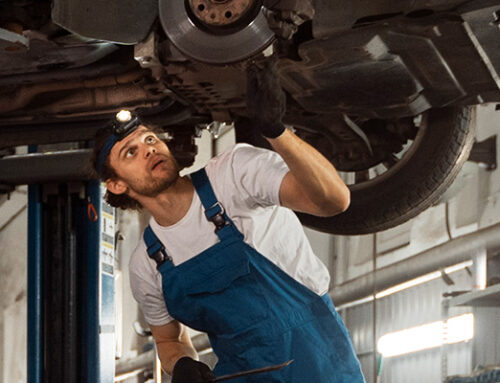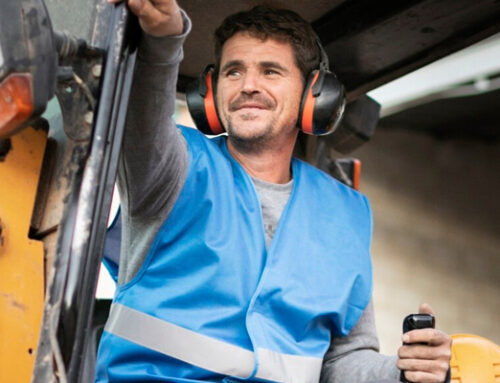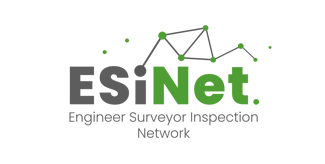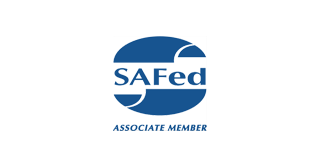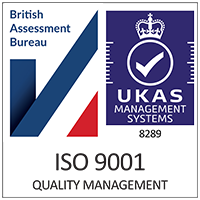The Provision and Use of Work Equipment Regulations 1998 (PUWER) are a crucial part of UK health and safety legislation. Designed to ensure that work equipment is safe and used correctly, PUWER applies to a wide range of industries and activities. However, despite its importance, there are still many misconceptions about what PUWER really requires.
In this article, we clear up five of the most common misunderstandings surrounding PUWER — and explain what businesses need to know to stay compliant.
1. “If the equipment has a CE or UKCA mark, it automatically complies with PUWER.”
Wrong. While CE or UKCA marking (depending on where the equipment was manufactured or imported) indicates that a product meets relevant safety standards at the point of manufacture, PUWER applies to how equipment is used in the workplace.
Even CE/UKCA-marked equipment must be:
-
Suitable for the task
-
Properly maintained
-
Regularly inspected
-
Used by trained and authorised staff
PUWER compliance is ongoing, not just a one-time approval.
2. “PUWER only applies to heavy industrial machinery.”
Incorrect. PUWER applies to all work equipment, no matter how small or seemingly simple. This includes:
-
Power tools
-
Ladders
-
Office equipment like shredders or guillotines
-
Workshop benches
-
Laboratory apparatus
If the equipment is used by an employee at work, PUWER applies.
3. “We’ve never had an accident, so we must be compliant.”
This is a dangerous assumption. The absence of accidents does not prove compliance. PUWER requires proactive measures, including:
-
Risk assessments
-
Regular inspections
-
Maintenance records
-
Safe systems of work
Regulators like the Health and Safety Executive (HSE) don’t just look at accident history — they look at whether businesses are managing risks effectively, regardless of past outcomes.
4. “PUWER inspections are optional unless there’s a problem.”
False. PUWER requires that work equipment is inspected:
-
After installation and before first use
-
After assembly at a new site
-
At regular intervals appropriate to the risk
This is not optional. Failure to carry out inspections can lead to legal enforcement, fines, or worse if an incident occurs.
5. “PUWER is only the responsibility of the health and safety manager.”
Not quite. While a health and safety manager may take the lead, PUWER responsibilities are shared across several roles:
-
Employers must ensure compliance overall.
-
Supervisors must enforce safe systems of work.
-
Operators must be trained and follow procedures.
-
Maintenance staff must carry out safe inspections and servicing.
Everyone involved in using or maintaining equipment has a role to play in PUWER compliance.
Final Thoughts
Understanding PUWER is essential for any business that uses equipment in the workplace. By addressing these common misconceptions, organisations can better protect their employees, avoid regulatory action, and create a safer working environment.
At SIS Ltd, we help businesses navigate PUWER compliance with professional inspections and practical advice. Whether you need a one-off assessment or ongoing support, our experienced engineer surveyors are here to help.





